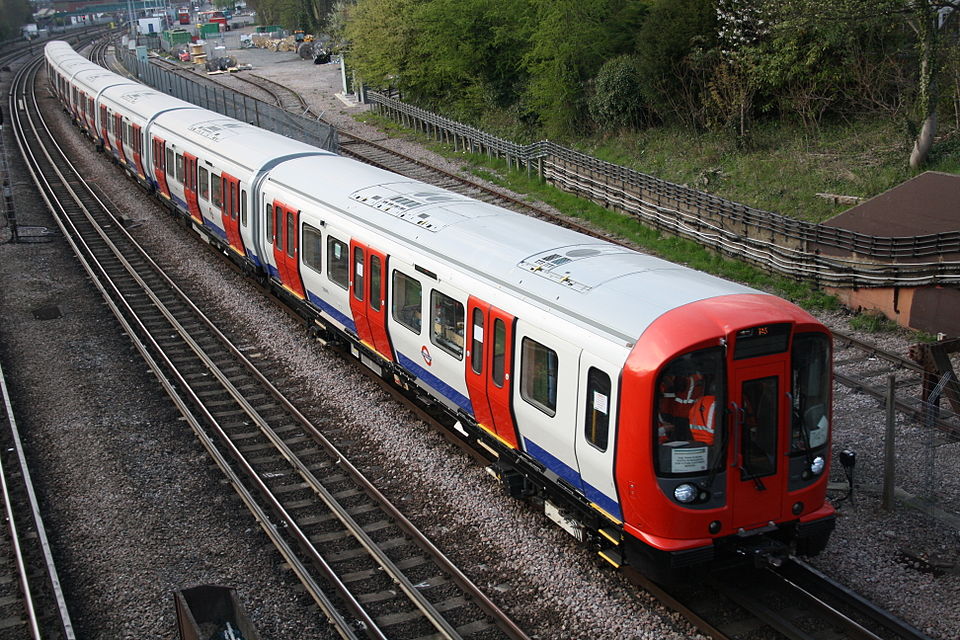
How does regenerative braking work? Regenerative braking works by converting the kinetic energy of the moving car back into electrical energy that can be stored in the battery.
Regenerative braking is mostly used by electric cars or hybrid cars, and it is a way of recovering energy. Electric trains use it as well. Let’s look at what happens to the energy in a car. To make your car move you have to have energy to turn the wheels and push it forwards. Your car will be quite heavy and if you have ever tried to push a car, you will know that it takes a lot of energy to move one. The majority of cars use gasoline because it is a liquid, because it contains a lot of energy per volume, because it is readily available, and because it ignites easily. The problem is, no car is 100% efficient and along the way a lot of that energy is lost, mostly to heat. It depends on the car, but the majority of cars lose about 70% of the energy that comes from the gasoline before they can get it to the wheels. If it was possible to make a 100% efficient car, which it isn’t, it would either need 70% less fuel, or it would go just over three times as far. So, where is that energy lost?
An enormous chunk of that energy is lost in the engine. In a combustion engine, gasoline and fuel are pumped into the engine and ignited. The explosion drives down a connecting rod, which turns the crank shaft. Do this about 10 times a second multiplied by the number of cranks you have and you get motion. The first problem is that the explosion produces a lot of heat that is released in a gas. This thermal energy has come from the gasoline and is energy that does not go to moving the car. It is released through the exhaust pipe and through the radiator, and the engine needs to be cooled down. You can burn yourself on a car engine, and this is all wasted energy. Then there is friction from the crank shafts. They are oiled, but they still experience friction, which releases more energy as heat. There is more friction all the way through the car to the wheels, and then there is friction between the wheels and the road. At all of these points, energy that could be used to make the car go forwards is being lost to heat. Now, an electric car doesn’t have the energy loss in the engine section, but it does still have friction at different points and between the wheels and the roads. However, electric cars also have a way to get some of the lost energy back.
When you brake to stop your car, you have to remove the kinetic energy that your car has. Energy cannot be created or destroyed, it can only be converted. Kinetic energy is calculated as ½ mass x velocity squared. If you are driving a Rolls Royce Phantom VIII (and why not) at 100 km/h, you are moving a 2610 kg car at 27.7 meters per second, which gives you a kinetic energy of 1001.31345 kJ of kinetic energy. When you brake, your brake pads clamp onto the wheel discs and convert all of that 1001 kJ of energy into heat. Your Phantom VIII stops safely (and probably very smoothly), but your brakes get extremely hot. All of this energy that you have lost to heat through the brakes came from gasoline. There is no way to get it back. However, an electric car can get some of it back.
An electric car has four motors, one on each wheel. These motors are supplied with power from the battery. When you are driving forwards, the battery powers the motors and they spin, turning the wheels. If you have a regenerative braking system, when you start to brake and the engines are no longer needed to move the car forwards, they stop being engines and become generators. When you spin an engine, you can make an electrical current, and this current can be passed back up to the car’s battery, restoring some of the electricity. They cannot recover all of the energy that is lost to heat, but a modern system can recover about 70% of it.
Regenerative braking systems are not perfect, but they can recover a lot of wasted energy. They don’t work with rapid braking at high speeds, so drivers need to anticipate when they will need to brake and regenerative braking distances will be longer than friction braking distances. Drivers need to know how to use the brake pedal because if they push it harder, the car will go from regenerative braking to friction braking to stop the car more quickly. With practice and anticipation, regenerative braking can save a lot of wasted energy. The London Underground trains use regenerative braking, and they can return about 20% of the energy used every day to the system. And this is what I learned today.
Try these next:
Sources
https://www.mazdausa.com/resource-center/what-is-regenerative-braking
https://en.wikipedia.org/wiki/Regenerative_braking
https://www.polestar.com/us/news/eli5-how-do-brakes-brake
https://en.wikipedia.org/wiki/Rolls-Royce_Phantom_VIII
https://www.calculatorsoup.com/calculators/physics/kinetic.php
Image By Bengley (Ben Elias) – Self-photographed, Attribution, https://commons.wikimedia.org/w/index.php?curid=10054264
